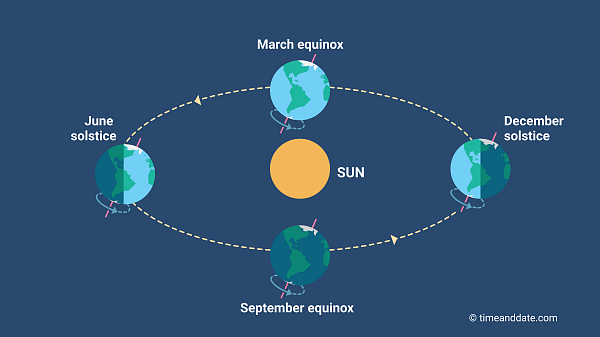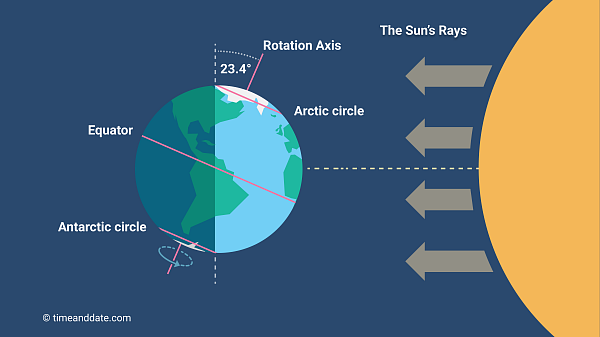


https://www.timeanddate.com/astronomy/facts-about-june-solstice.html
https://www.ncei.noaa.gov/news/meteorological-versus-astronomical-seasons
Meteorologists and climatologists break the seasons down into groupings of three months based on the annual temperature cycle as well as our calendar. We generally think of winter as the coldest time of the year and summer as the warmest time of the year, with spring and fall being the transition seasons, and that is what the meteorological seasons are based on. Meteorological spring in the Northern Hemisphere includes March, April, and May; meteorological summer includes June, July, and August; meteorological fall includes September, October, and November; and meteorological winter includes December, January, and February.
Meteorological observing and forecasting led to the creation of these seasons, and they are more closely tied to our monthly civil calendar than the astronomical seasons are. The length of the meteorological seasons is also more consistent, ranging from 90 days for winter of a non-leap year to 92 days for spring and summer. By following the civil calendar and having less variation in season length and start, it becomes much easier to calculate seasonal statistics from the monthly statistics, both of which are very useful for agriculture, commerce, and a variety of other purposes.
FROM WEATHER UNDERGROUND
"Tomorrow will be 0 minutes 0 seconds longer"